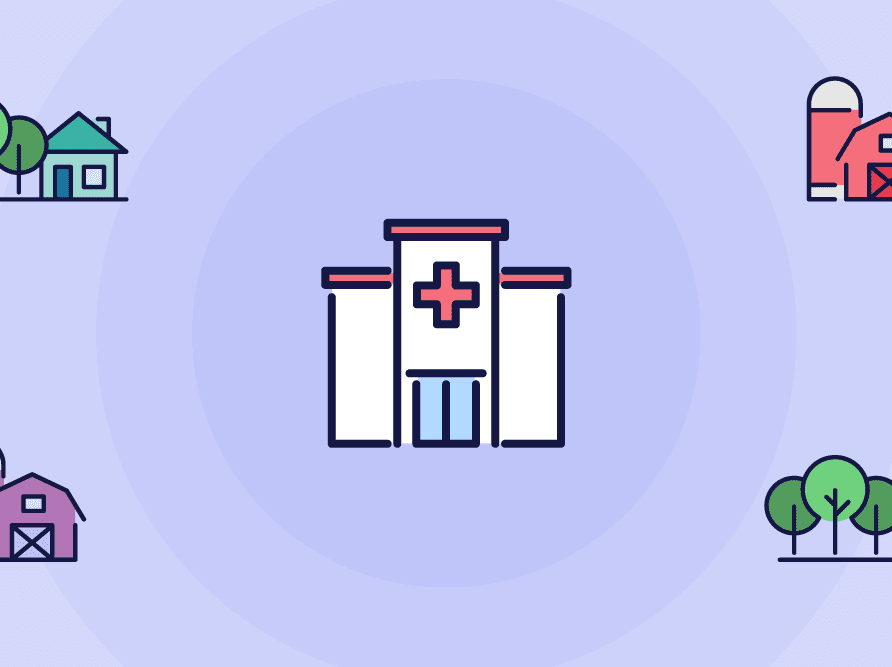Article
The future of COVID-19 vaccines
COVID-19 may be slowly fading from our minds and the headlines, but the virus is still a major healthcare concern. New variants continue to emerge, each with their own level of risk and severity. Currently, the omicron variant and its subvariants have led to increases in cases, hospitalizations and deaths across the U.S. and the globe.
Vaccination remains the most effective way to counter the virus’ evolution and protect ourselves from severe illness. As with the immunity for influenza and tetanus, the strength of COVID-19 immunity (whether through natural infection or vaccination) decreases over time, necessitating boosters to maintain effectiveness.
Boosters to restore protection
It is for this reason that the CDC began recommending booster shots in September 2021 for certain groups at the highest risk for COVID-19 and has now expanded eligibility to include everyone ages 5 years and older. Based on factors such as age, pre-existing medical conditions, type of COVID-19 vaccine received and time since last dose, the timing of booster recommendations may vary.
For individuals older than 50 or who are moderately or severely immunocompromised, a second booster is recommended at least four months after the first booster. To help us determine personalized recommendations, the CDC has created a decision support tool to determine when or if you or your family can get one or more COVID-19 boosters.
Staying up to date
The CDC defines being up to date with your COVID-19 vaccines as having received all doses in the primary series and all boosters recommended. The goal of being up to date is to enhance or restore immune protection that may have decreased over time since the last dose.
In the future, staying up to date could include a COVID-19 booster on a recurring basis, similar to the current annual flu shot. Additionally, widening the protective range of the vaccines is another step to making this a reality and multivalent vaccines, or vaccines targeted against multiple COVID-19 variants, are being designed to increase vaccine effectiveness.
Addressing vaccine fatigue
The anticipation that additional boosters (even beyond current recommendations) will be needed has many members of the medical community concerned about vaccine fatigue. Vaccine fatigue is defined as “people’s inertia or inaction towards vaccine information or instruction due to perceived burden and burnout.”
In other words, with each additional booster, fewer people may be interested in receiving it. Of equal concern is the potential impact on vaccination rates across other vaccine-preventable illnesses like measles, whooping cough, chicken pox and meningitis.
To address vaccine fatigue and vaccine hesitancy, the American Academy of Pediatrics recommends the following for healthcare professionals and vaccine advocates:
- Take time to understand an individual’s concerns about vaccines
- Provide detailed facts and correct any misconceptions
- Personalize the message to address specific concerns
By understanding people’s questions or concerns about vaccination, vaccine advocates can better understand the nuances behind why people might be hesitant and partner with people to address their concerns thoughtfully and directly.
Regardless of what the booster schedule will be for the COVID-19 vaccination going forward, it is clear our lives have improved significantly with the availability of COVID-19 vaccines. Please stay safe and keep up to date with all recommended vaccines to protect your health and well-being.













